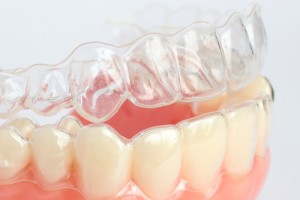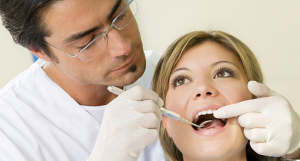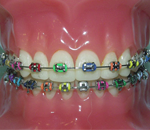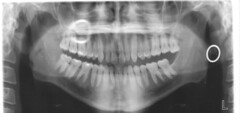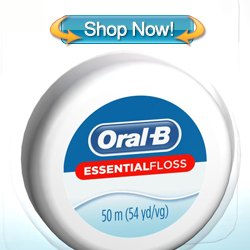Invisalign, is the new way many people are opting for when it comes to straightening their teeth. A NYC Invisalign provider presents some great information about Invisalign.
Invisalign is a series of clear retainers that gradually straightener yout teeth. They’re nearly invisable, completely removable for eating, and incredibly effective. When you consult with your orthodontist then you’ll be able to determine the appropriate length of time you will need your retainers. Often, the average length of use is 18 months.
Both metal braces and Invisalign cost roughly the same on average at around $5000. However, it does depend on what your teeth need.
Sometimes Invisalign is the only thing that will close certain gaps in teeth, correct certain alignments and will do it with out having to glue shaper, metal braces to your teeth. While the retainers are tight and you are required to wear 23 hrs a day at least, often the retainers aren’t as bad as conventional metal braces.
There are many positives when it comes to choosing Invisalign. Check with your orthodontist to see if you’re a good candidate for them and start straightening your smile!
